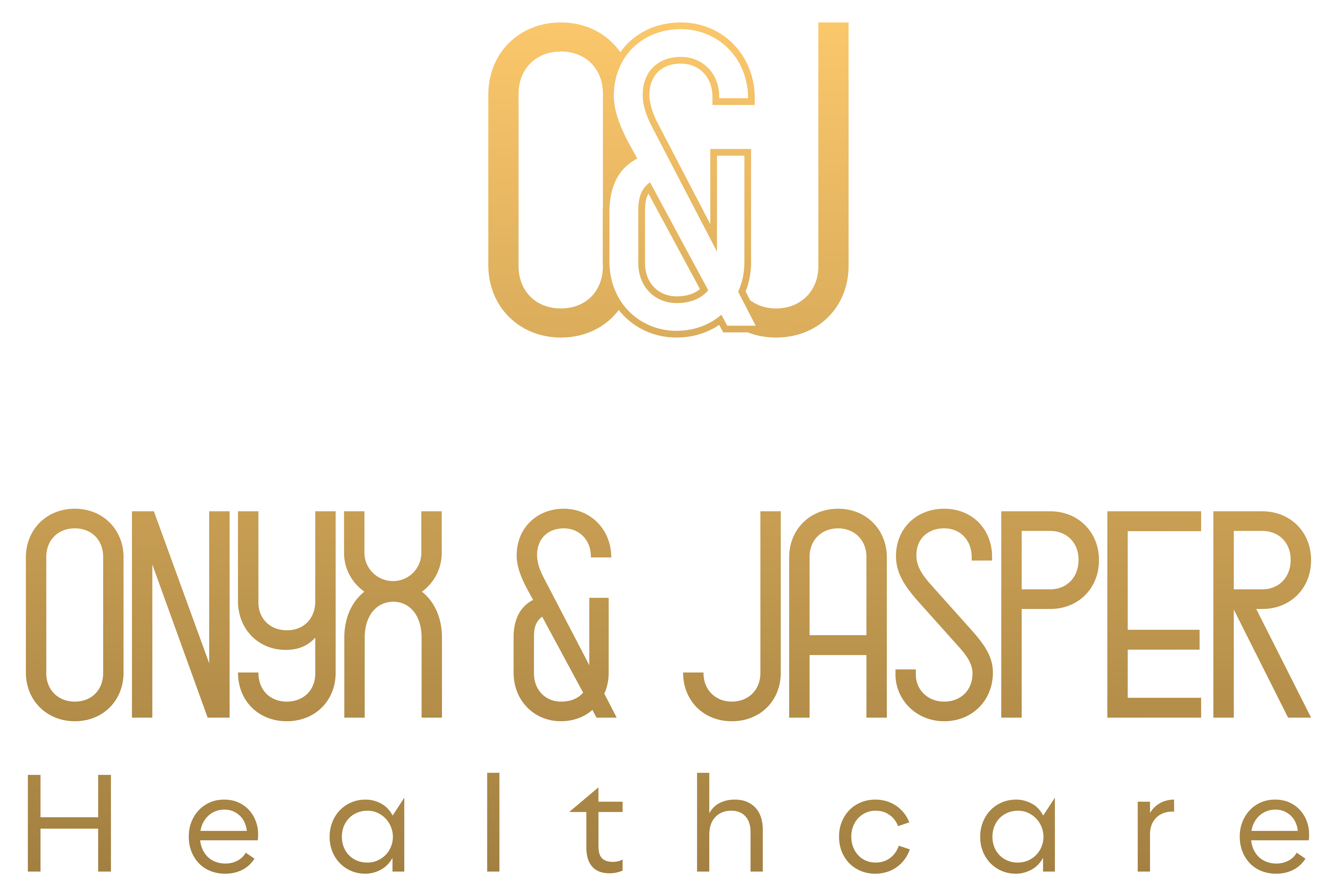Tracking the latest trends in Nursing & Dialysis talent acquisition can ensure you’re in the strongest position to find the best candidates and also be ahead of your competitors as things continue to change in our current economy.
Read on to discover the 5 key areas of change to be aware of in nursing and dialysis in 2023.
Home Dialysis is One of the Most Significant Emerging Trends, Challenges and Opportunities in the Dialysis Industry
It is essential to ensure your facility has the capacity and enough trained staff educated to respond to this trend and handle this expanding market. Understanding where you are currently well-resourced and where you have skills shortages that could prove problematic in the future is key to being ahead of the trend.
If you are a dialysis center that doesn’t already cater to the home dialysis market you are losing out on a lot of money. Hiring a strategic partner can help you identify your shortfalls and create a plan to build a solid foundation that you can build on for years to come. Strategic plans we can create for you to keep you ahead of these emerging trends:
- Create a workforce plan that identifies new skills and roles required and needed to expand into the home dialysis market.
- Implementing, upskilling, and creating ongoing learning opportunities for employees interested in expanding their skills in the home dialysis market.
- Assess the skills and experiences that are crucial in this sector and are likely to become more important in the coming years. The implement a plan for attraction and retention of employees with those skills.
Nursing Shortage
The global dialysis workforce has failed to expand in order to meet the growing needs of dialysis patients. BLS.gov projected a 9% job growth for registered nurses between 2020 and 2030. Simultaneously, more RN jobs are expected to be available than any other profession due to the mass exodus of nurses retiring or leaving the profession to pursue other career options. Accordingly, about 194,500 registered nurse job openings are expected annually in that same 10 year time period.
There also is a shortage of nephrologist students entering the market as interest decline among trainees. Lack of exposure to nephrology among students and residents, erosion of nephrology practice scope by other specialists, inadequate training, reduced focus on scholarship and research funds, and development of new care delivery models are just a few of the reasons for the shortage, which will also be a problem in the future.
The solution is complex and urgent. The first step toward a solution is to develop a framework for the delivery and sustainability of dialysis services that are based on:
- accurate projections of the dialysis facilities’ compacity and the number of dialysis patients in the area
- a full understanding of the various delivery systems and your ability to sustain & grow within them
- as well as current and expected workforce numbers required to support it
Expert Workforce Planning
The workforce market is changing so rapidly that if you are not planning ahead of change you are already behind. Workforce planning helps you move away from crisis management and towards focusing on what will make your organization strong now and in the future. Experts predict further reductions in the nephrology workforce over the next decade. Delivery of care to patients with CKD may be threatened unless effective workforce strategies are put in place and implemented.
Multiple factors are responsible for this apparent shortage in the nephrology workforce including an aging workforce, declining interest in nephrology among trainees, increasing reliance on foreign medical graduates, erosion of nephrology practice scope by other specialists, inadequate training, and the development of new care delivery models. To strengthen efforts in workforce planning and ensure sustainable healthcare delivery effective nephrology workforce planning should be comprehensive and detailed.
As it pertains to the current workforce it is advisable to take into consideration:
- Structure and organization of the health system
- Existing dialysis delivery models
- Nephrology workforce practices and the size
- Quality and success of internal nephrology training programs
To get ahead of the problem we advise:
- Implementation of effective training programs at the undergraduate and postgraduate levels
- Adoption of novel recruitment strategies
- Flexible workforce practices
- Greater ownership of the traditional nephrology landscape
- Enhanced opportunities for research
Travel Nursing
Travel nursing has always been a thing, but with higher staff shortages and the rising hospitalization rates amid the pandemic, hospitals have relied more heavily on travel nurses to keep up with patient volume. Interest in travel nursing continues to grow in popularity. Experts believe this trend will continue beyond Covid-19. Travel medical professionals fill staffing gaps in hospitals and facilities in multiple states and cities that are experiencing the greatest need while gaining financial rewards doing so. Becoming a travel nurse allows early-career nurses to explore various nursing opportunities and seasoned nurses to lend their expertise in crisis.
Travel nurses are in high demand as nurse shortages have been exacerbated by the COVID-19 pandemic, causing travel nursing careers and other travel healthcare professions to grow.
Reskilling your Workforce
Reskilling your workforce will make hospitals and facilities more resilient and easily adaptable to trends which will havea positive impact on the quality of patient care and the bottom line. As you look ahead to future projections for your business, reskilling should be at the heart of your efforts to prepare the organization for growth and stability. This will also prepare your healthcare professional with confidence and a desire to grow within your business because you’re willing to invest in them. Reskilling your workforce includes:
- Moving your best workers up the ladder so that they will stay content within the company
- Easing feelings of pay inadequacy among nurses and healthcare professionals with promotions that include pay increases
- Create a culture of investing in your nurses and staff as a strategic plan and promotion & increase in pay can increase loyalty to a company
Strategic Partnering to Balance Staffing & Budgetary Needs
By following the above tips, you will be ahead of change. Strategic planning to discover employees’ needs and desires concerning their career paths lets nurses & staff know that you value them. This will place you at an advantage over the competition in attracting the best nurses and dialysis staff and retaining your best and brightest employees.
Workforce planning should be a top priority for company leaders in these unusual times. This will help you future-proof your organization and prepare your people for the challenges and opportunities to come. Even though it’s difficult to predict exactly what the future holds, you can still be ready for change, by keeping your finger on the pulse of the labor market, tracking the latest trends, and reskilling your workforce to reduce the financial strain brought on by travel nursing.
If you’re looking for growth opportunities and new ways to leverage and deploy talent within your organization, leveraging the knowledge of our solution specialist at Onyx & Jasper Healthcare could prove invaluable.
What major shake-up in the medical field do you see ahead?
Share them with us below.


